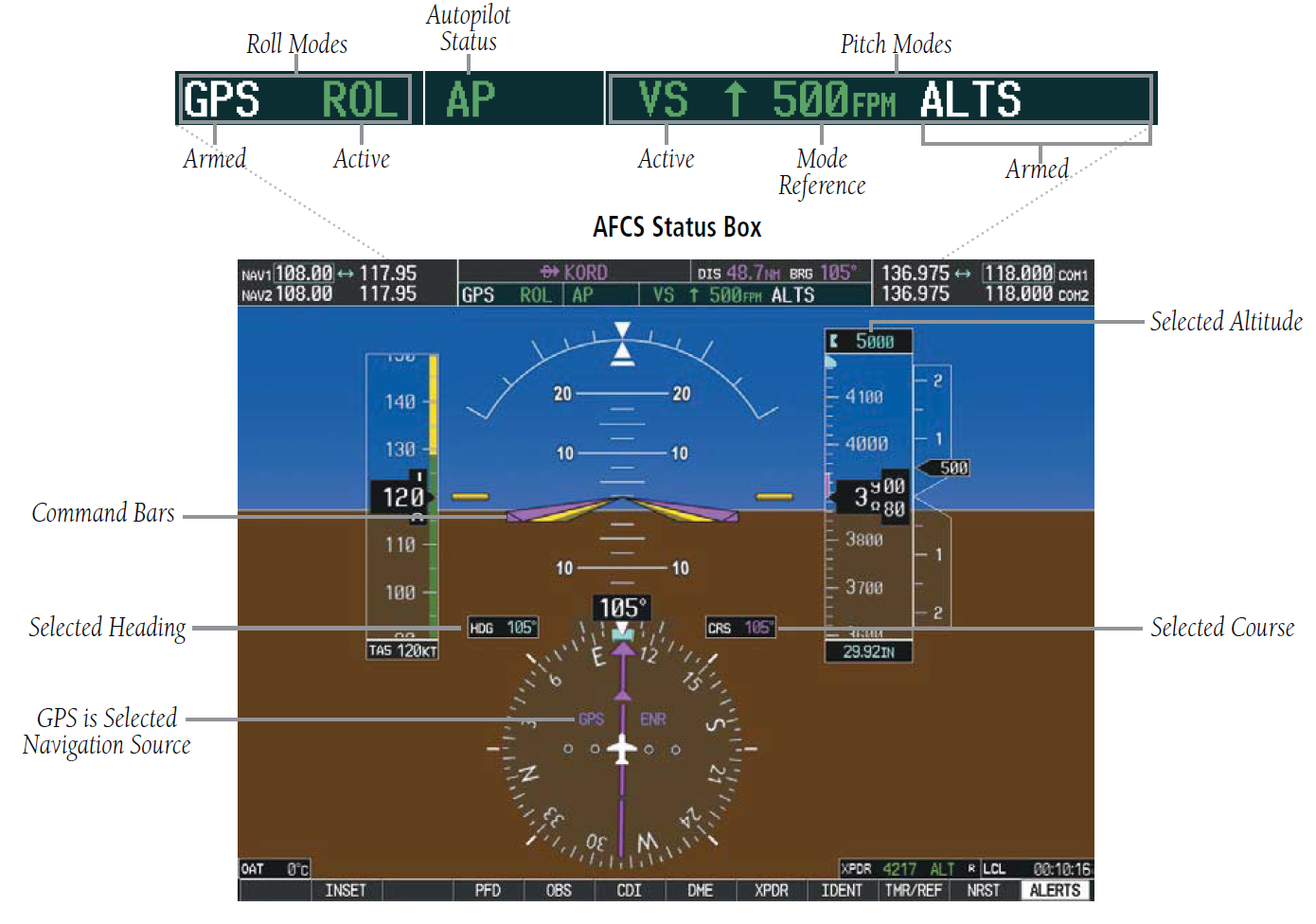Leeham News and Analysis
There's more to real news than a news release.
Bjorn’s Corner: Aircraft stability, Part 5
May 11, 2018, ©. Leeham News: In the last Corner, we discussed more capable autopilots used in general aviation aircraft and the Attitude and Heading Reference System (AHARS) we needed to go to more advanced autopilots.
We will now discuss the more advanced autopilots one finds in Turboprops and entry-level Business jets.
Autopilots for Turboprops and Business jets
Modern autopilots on business aircraft go further than the autopilots we described in the last Corner. And they in some areas go further than autopilots for airliners. There are a couple of reasons for this:
- Entry level business aircraft are often flown by Pilots/Owners which have less proficiency than full-time pilots. It’s sensible then to add certain flight safety features to the autopilot like a “wings level” button, which, whatever happens, will put the aircraft in level flight should the Pilot lose situational awareness or be totally overloaded.
- Business aircraft are often flying from and too difficult airports, with less infrastructure than airports for airliners. Business clients want to be picked up at the most nearby airport, which might be a small strip without precision landing system and approach lighting. To take-off and land there safely in all weather situations, the pilots need all the help they can get from the aircraft.
As an example of an entry level autopilot for a Business aircraft, we will use the autopilot in the Garmin G1000 integrated flight deck, Figure 1. This is fitted from Turboprop aircraft to Light business Jets.
Autopilot functionality

Figure 2. Ther PIlot’s Primary Flight Display (PFD) for the Garmin G1000 flight deck. Source: Garmin.
In addition to the functionality we described in the last Corner for a capable general aviation autopilot, the G1000 adds:
- Integration of the autopilot into an integrated flight deck. Figure 2 shows the screen ahead of the Pilot, the Primary Flight Display (PFD) for the Garmin G1000 flight deck. At the top of the PFD, the autopilot shows what mode is active (Roll (ROL), AutoPilot (AP) and VerticalSpeed (VS)) in green text. The white texts show what is armed (GPS And ALTS). GPS in white means it will become active when the aircraft comes close to and captures the GPS route and ALTS shows the aircraft will capture and hold the 5000ft we see further down when it ends the present climb with 500ft/minute (VS 500FPM in green at the top).
- Flight director symbols (labelled Command Bars here). The Flight Director V bars shows the commands the autopilot has calculated to follow the programmed flight path. The Autopilot’s commands are in Magenta and the Aircraft’s attitude in Yellow bars. The Pilot can then let the autopilot follow these Magenta commands by hitting the AP button on the panel or use the bars as guidance for his own manual flying.
- A choice of Vertical Speed (VS) altitude change mode (which keeps the vertical speed at a set value, the aircraft speed must be controlled by the pilot with the throttle) or Flight Level Change (FLC) mode, which takes the aircraft from one flight altitude to another while keeping the aircraft’s speed.
- When flying a GPS-controlled Navigation (NAV) path with turns and tracks as described in the last Corner, the autopilot can also follow a programmed Vertical Navigation Path (VNAV).
- Besides the coupled approach and landing modes described in the last Corner, the autopilot also has a Go Around (GA) button which aborts the tracking of the landing aid (like ILS), pitches up the aircraft and disconnects the autopilot. At this level of autopilot, the Pilot must then fly the missed approach procedure.
In addition to the added modes described above, the Garmin autopilots at this level provide a “Wings Level” button, over-speed protection (the nose is raised when a preprogrammed max speed is reached) and under-speed protection (the nose is lowered when the Pilot flies the aircraft to close to stall).
In the next Corner, we will describe autopilots which can fly advanced navigation paths both in the Horizontal and Vertical dimensions.




Great article!
From what I have seen, ALL commercial airliners should have the wings level button!
How many lost situational awareness spiral l into the sea or ground in the last 10 years? Seems like 3 or 4.
And I too continue to read and enjoy the articles.
Nothing I flew had an auto pilot of any kind (or I was the auto pilot depending on how you want to look at that) .
I agree and they should have synthetic vision. With the Pilot crisis, we are getting a lot of pilots into the front which has no or little experience of upset flight situations (the mix of ex-military or high flight time pilots goes down). Synthetic vision is a real help with understanding your situation when you get disoriented.